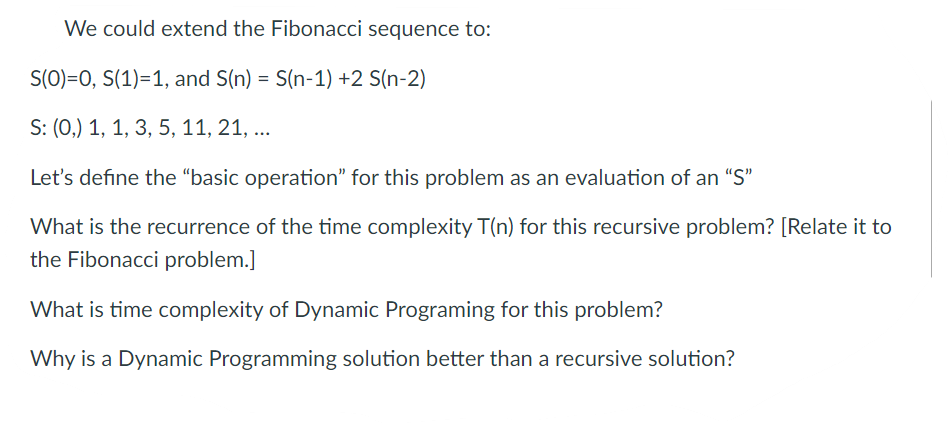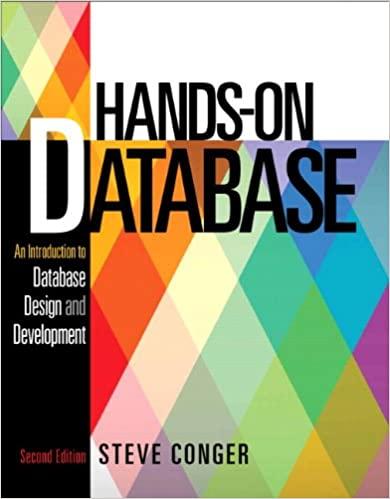Answered step by step
Verified Expert Solution
Question
1 Approved Answer
We could extend the Fibonacci sequence to: S(O)=0, S(1)=1, and S(n) = S(n-1) +2 S(n-2) S: (0, 1, 1, 3, 5, 11, 21, ... Let's

Step by Step Solution
There are 3 Steps involved in it
Step: 1

Get Instant Access to Expert-Tailored Solutions
See step-by-step solutions with expert insights and AI powered tools for academic success
Step: 2

Step: 3

Ace Your Homework with AI
Get the answers you need in no time with our AI-driven, step-by-step assistance
Get Started


